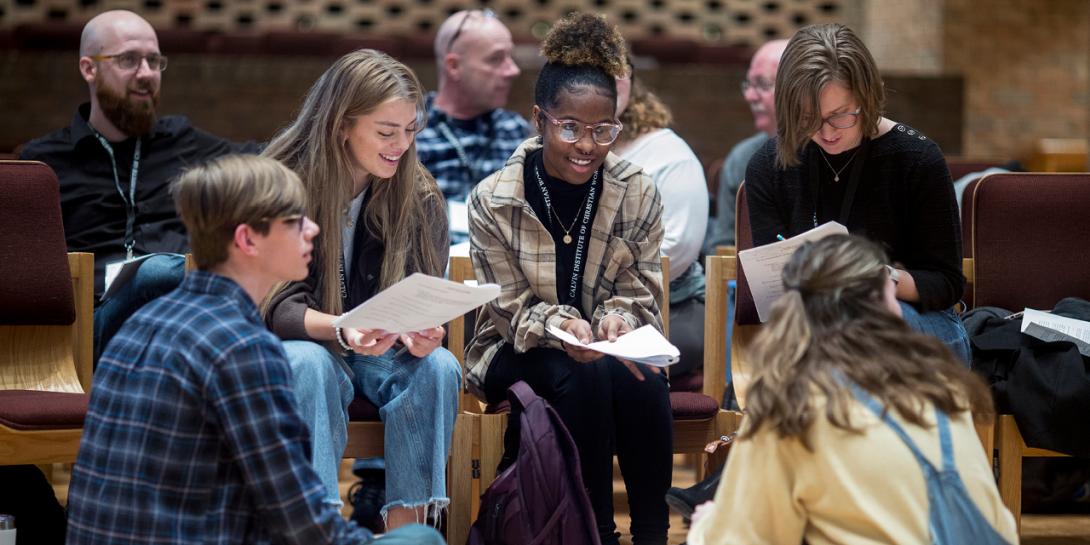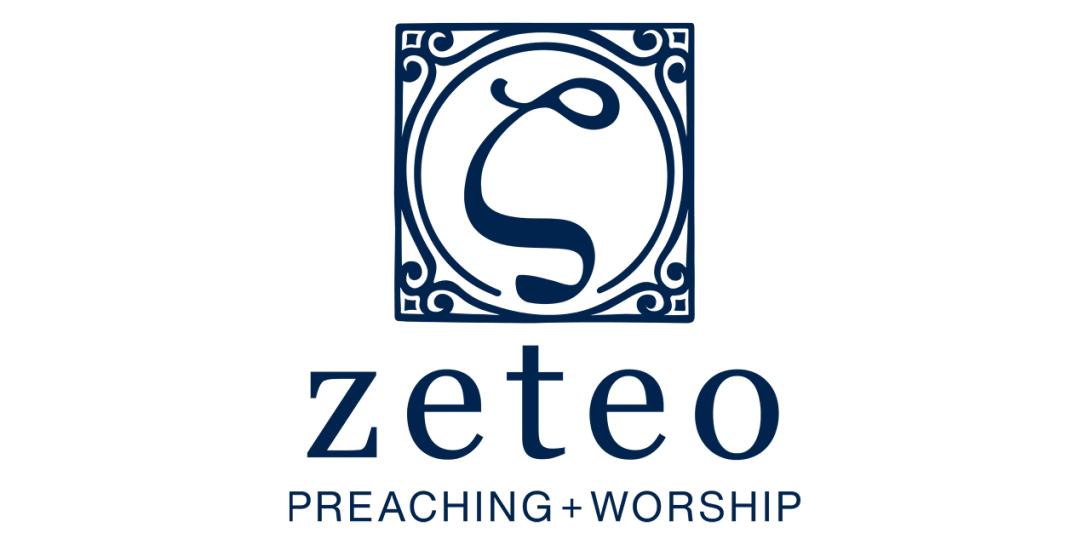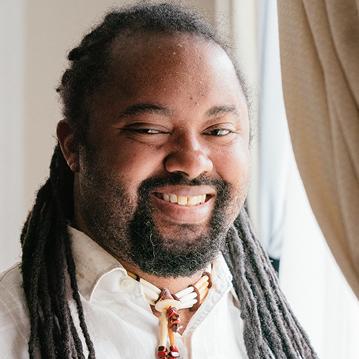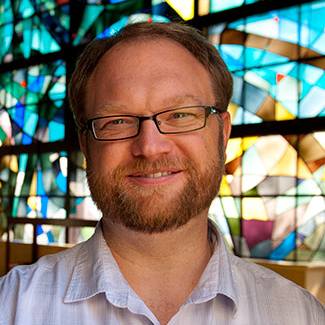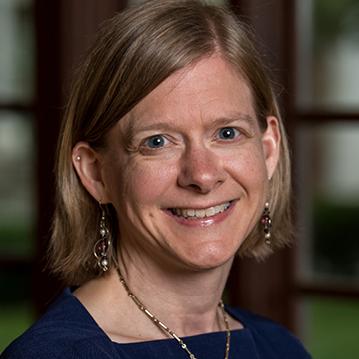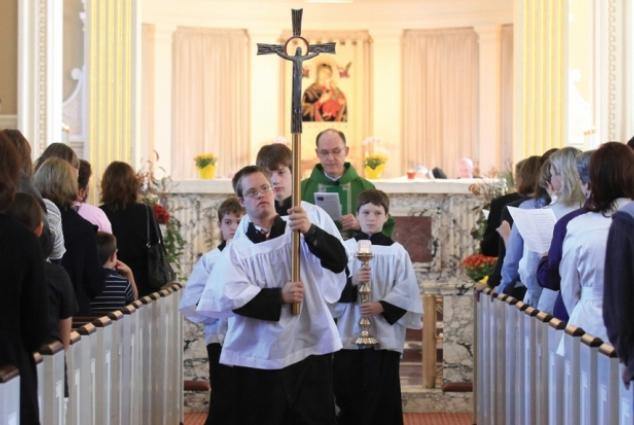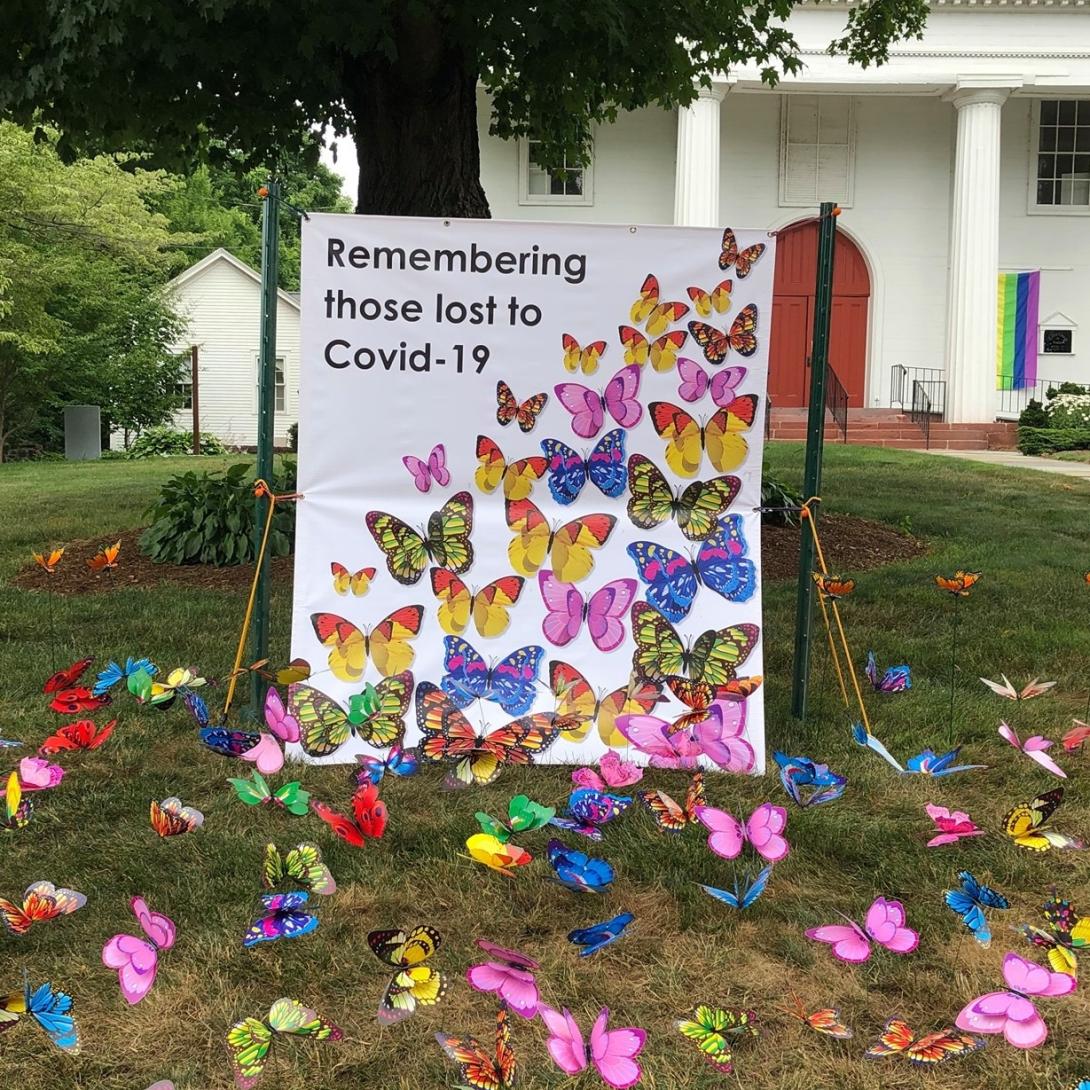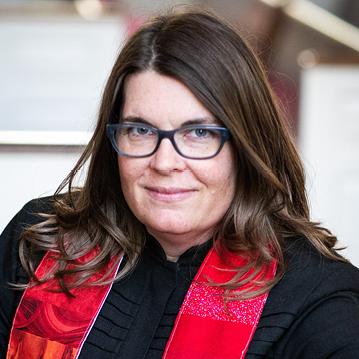Developing Leaders Every Pastor Wants in the Congregation
Calvin University’s Ministry Leadership Cohort offers pathways for students of all majors who want to live out their faith in all of life. This practical program helps them learn how to build community, love the church, and practice leadership no matter where they eventually work, worship, and serve.
Rebecca Snippe on Zeteosearch.org
Preachers, worship leaders, teachers, and others who study the Bible often go online to find resources for their research. Sorting through search results is often frustrating. But Zeteosearch.org—a revamped curated search engine—offers thought-provoking results.
New Worship Songs for Climate Change and Creation Care
Our 2017 annotated list of worship songs about care for creation remains so popular that we have compiled a new list of worship songs to lament climate change and encourage creation care. Many of these songs and hymns have been released since 2018. Others are new to various English-speaking audiences because they come from international hymnals and organizations.
Kenneth L. Wallace Jr. on Multiethnic Worship
Multiethnic worship includes but is much more than singing songs from diverse cultures. An ethnodoxologist who identifies as African American Choctaw Pawnee says you need to know your own culture’s stories and gifts to share with and receive from Christians in other cultures.
Nikki Toyama-Szeto on Hoping in God Despite Injustice
Individuals and congregations sometimes despair while working for justice. Sometimes they forget that although God invites us to join in justice work, God remains in charge of changing the world. That’s why it’s crucial for justice seekers to stay rooted in Christian community and worship.
David Lemley on Becoming What We Sing
David Lemley’s book "Becoming What We Sing: Formation through Contemporary Worship Music" recognizes that contemporary worship music [CWM] helps Christians around the world feel close to God. Lemley looks at whether or how CWM moves worshipers from adoration to participation in the mission of God’s church.
Rebekah Eklund on Practicing Lament
Congregations become more relevant and biblical when they follow the Bible’s lead in bringing lament into worship. Rebekah Eklund’s book "Practicing Lament" shows churches, small groups, and individuals how to voice penitential lament and protesting lament. Learning to practice lament can reconnect people with God and help churches grow in “members of one body” solidarity.
Let the Children Come
Splitting into age-divided worship each Sunday doesn't necessarily result in kids who go on to choose worship as adults. That's why pastors are talking about intergenerational worship.
Pandemic Worship Changes Worth Keeping
So much has changed about church worship since the COVID-19 pandemic arrived, soared, waned, and resurges. Those pandemic-forced pivots have created worship opportunities that have helped congregations adapt, find unity amid division, and pursue justice.
Five Tips on Using Digital Tech to Engage Virtual and In-Person Worshipers
Whether you call it virtual worship or online worship, some people will continue to join worship remotely even as others joyfully return to church buildings. Here are five tips for using digital technology as a “both/and” option for hybrid worship services.
A Pastor and Photographer on Creating "God Moments" in Worship
When the pandemic prevented in-person worship, First Church of Windsor, Connecticut, learned how to create liturgical art installations and videos that moved hearts and minds even during virtual and hybrid worship.
Suzanne L. Vinson on Congregations Creating Liturgical Language
Grace Baptist Church in Richmond, Virginia, often invites members to write words used in worship. They've found that crafting liturgical language, such as calls to worship or stewardship and psalm or song paraphrases, is an easy way to help more people participate in worship and congregational life.

